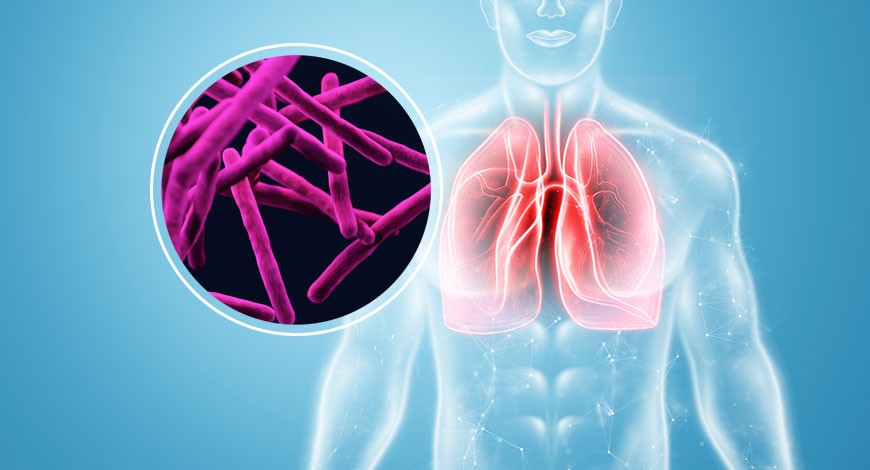Ending the tuberculosis epidemic by 2030, one of the challenges of the health-related Sustainable Development Goals
- It is estimated that one person with active tuberculosis can infect between 5 and 15 people in close contact over the course of a year. Up to two thirds of tuberculosis patients die if they do not receive adequate treatment.
- The WHO recommends the use of rapid molecular diagnostic tests as the initial diagnostic method in anyone with the signs and symptoms of tuberculosis, as it is a high-precision diagnosis that will lead to major improvements in early detection.
- Tuberculosis is caused by Mycobacterium tuberculosis, a bacteria that almost always affects the lungs. Infection is transmitted from person to person through the air.
- VITRO has a new diagnostic kit for real-time simultaneous PCR detection of the species Mycobacterium tuberculosis, the Mycobacterium tuberculosis (MTBC) complex and other species of nontuberculosis mycobacteria (NTM), which cause pulmonary diseases similar to tuberculosis.

Madrid, 15th November 2022.
Tuberculosis is still one of the most fatal contagious diseases worldwide. Every day, over 4,000 people in the world die because of tuberculosis and around 30,000 fall ill with this preventable and curable disease . For this reason, the WHO stresses the need to invest in its prevention, diagnosis, treatment and approach, to achieve the worldwide goal of ending the tuberculosis epidemic by 2030 .
Tuberculosis is caused by the bacteria Mycobacterium tuberculosis, which mainly affects the lungs. Infection is transmitted from person to person through the air.
People infected by the tuberculosis bacillus (thought to be a quarter of the world’s population) have a 5 to 10% risk of falling ill with tuberculosis at some point in their lives, with the risk being greater among immunocompromised people.
The symptoms in people with active tuberculosis can be mild for many months, which can lead to a delay in getting attention and therefore diagnosis, increasing the risk of transmission of the bacillus between people. Indeed, it is estimated that one person with active tuberculosis can infect between 5 and 15 people in close contact over the course of one year.
This is why it is important to invest in tools that contribute to its early diagnosis. In this context, the World Health Organization (WHO) recommends the use of rapid molecular diagnostic tests as the initial diagnostic method in anyone with the signs and symptoms of tuberculosis, as it is a high-precision diagnosis and will lead to major improvements in early detection.
The Spanish company Vitro S.A. has developed a new in vitro multiplex diagnostic kit that permits early detection of the species Mycobacterium tuberculosis, the Mycobacterium tuberculosis (MTBC) complex, and other species of nontuberculosis mycobacteria (NTM), which cause pulmonary diseases similar to tuberculosis.
This new tool incorporates the enzyme UNG to avoid contamination and works from human clinical samples of different origin, such as sputum, bronchoalveolar lavage and cell cultures.
As Francisco Javier Fernández, CEO of Vitro S.A., says, ‘The ability to carry out an initial screening of such characteristics using this kit means it can be used to diagnose this infection in combination with clinical and epidemiological risk factors.’


